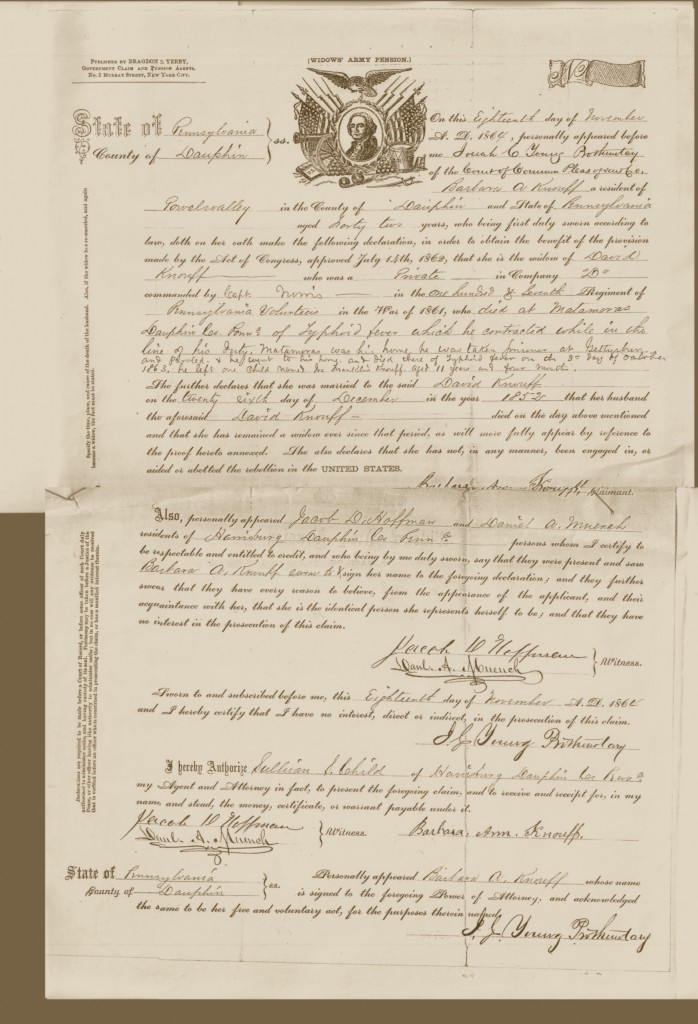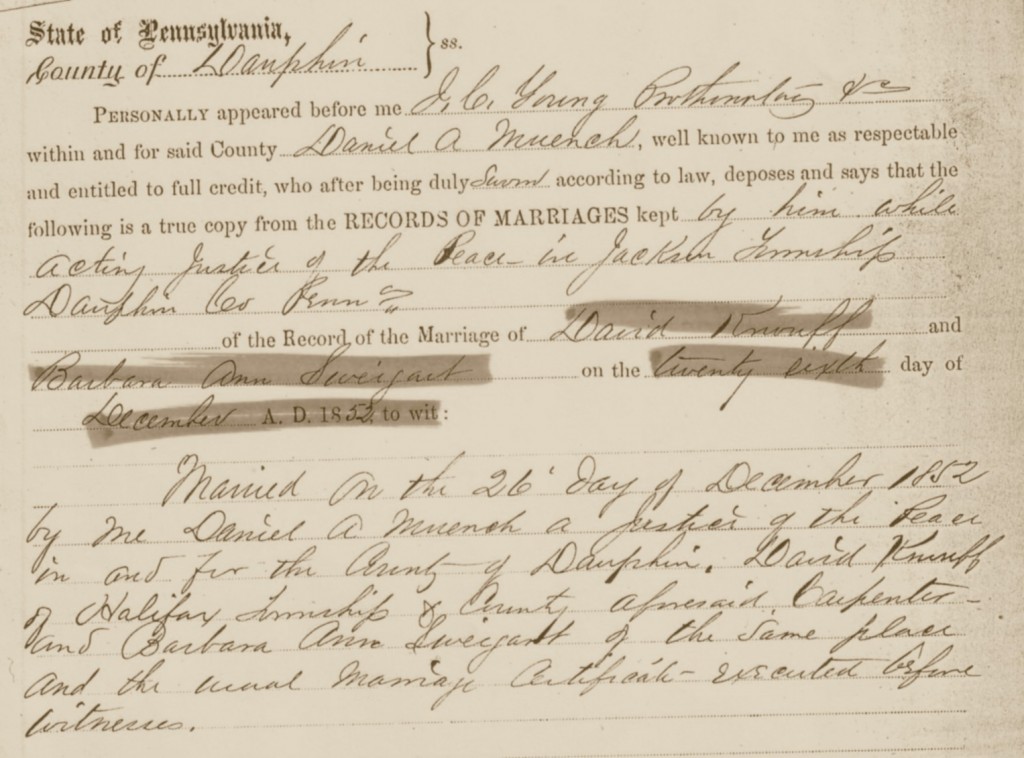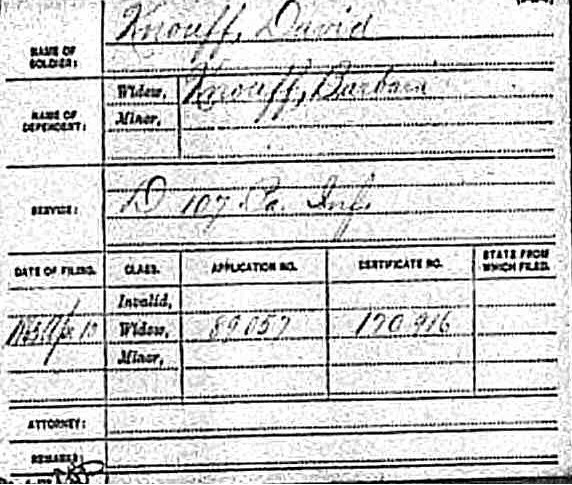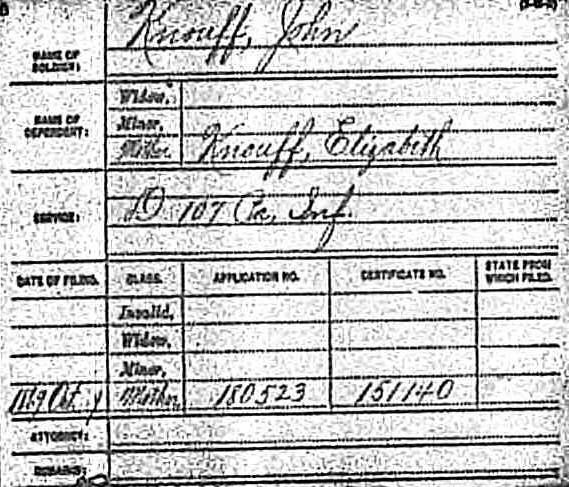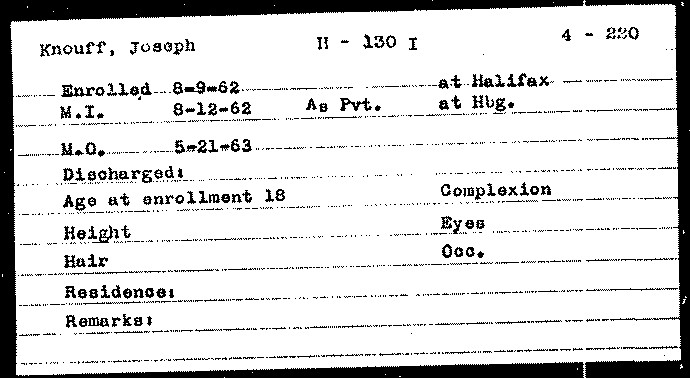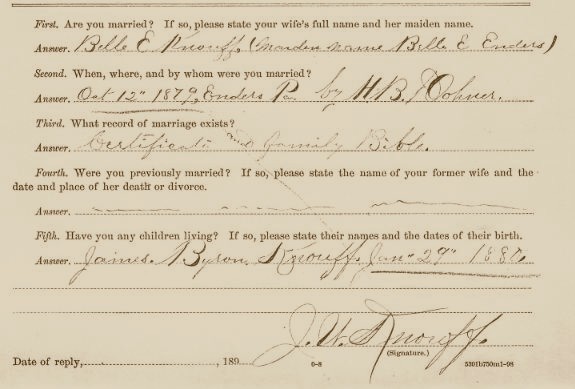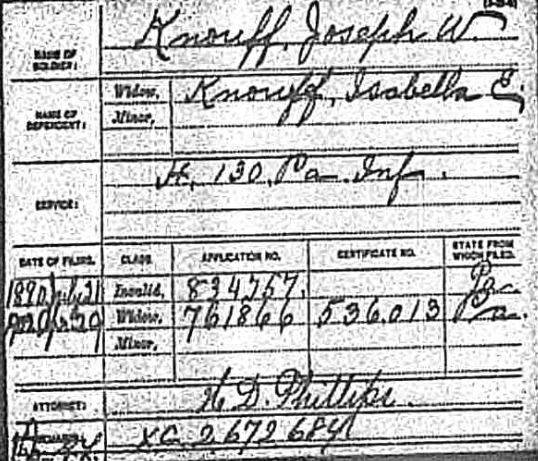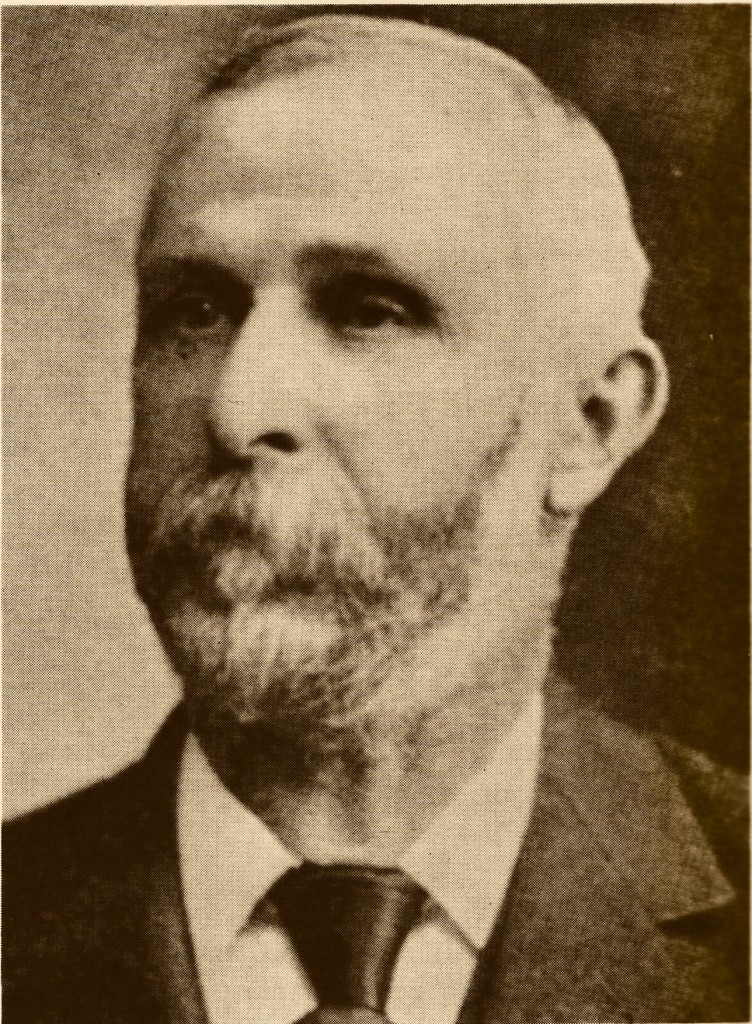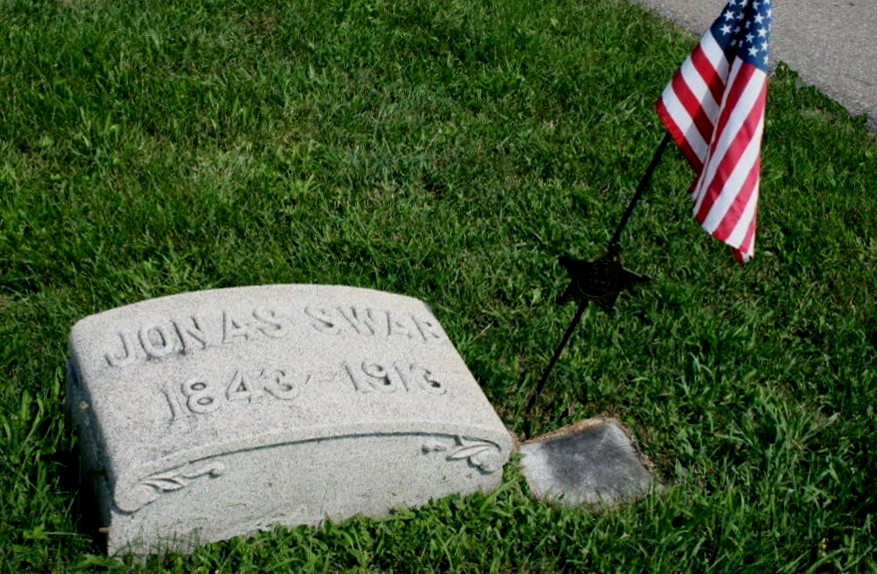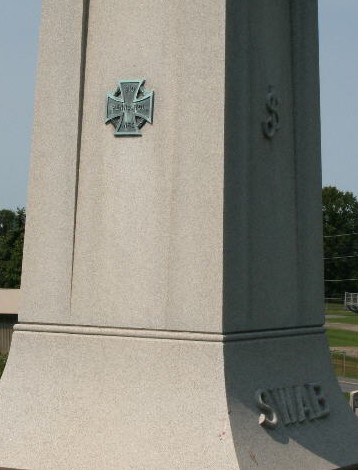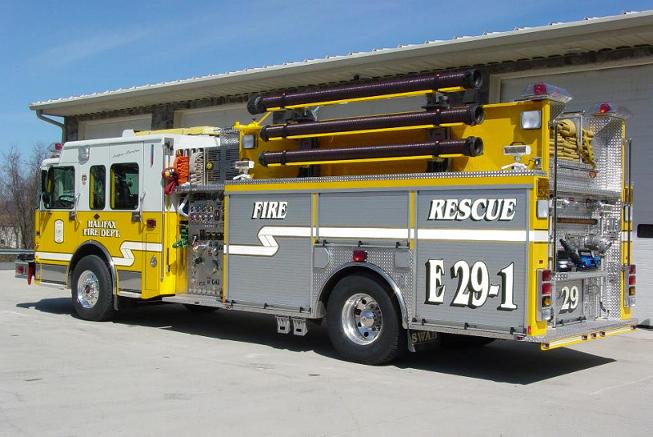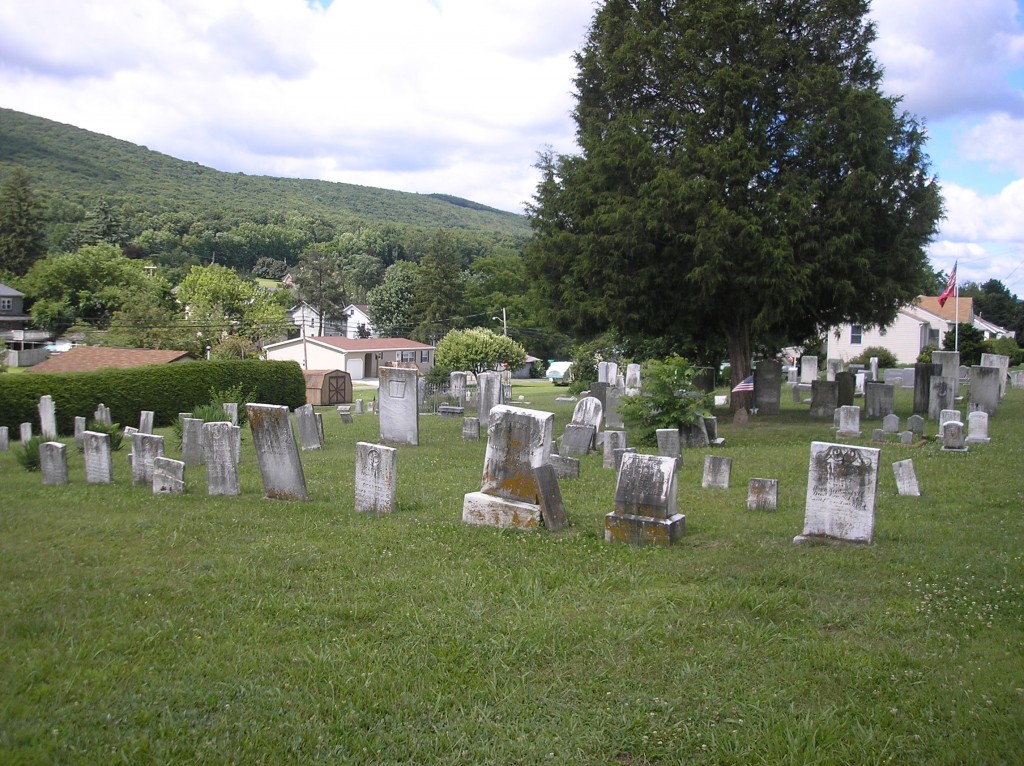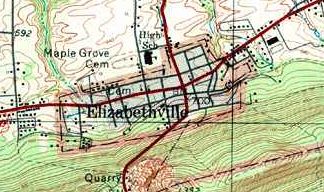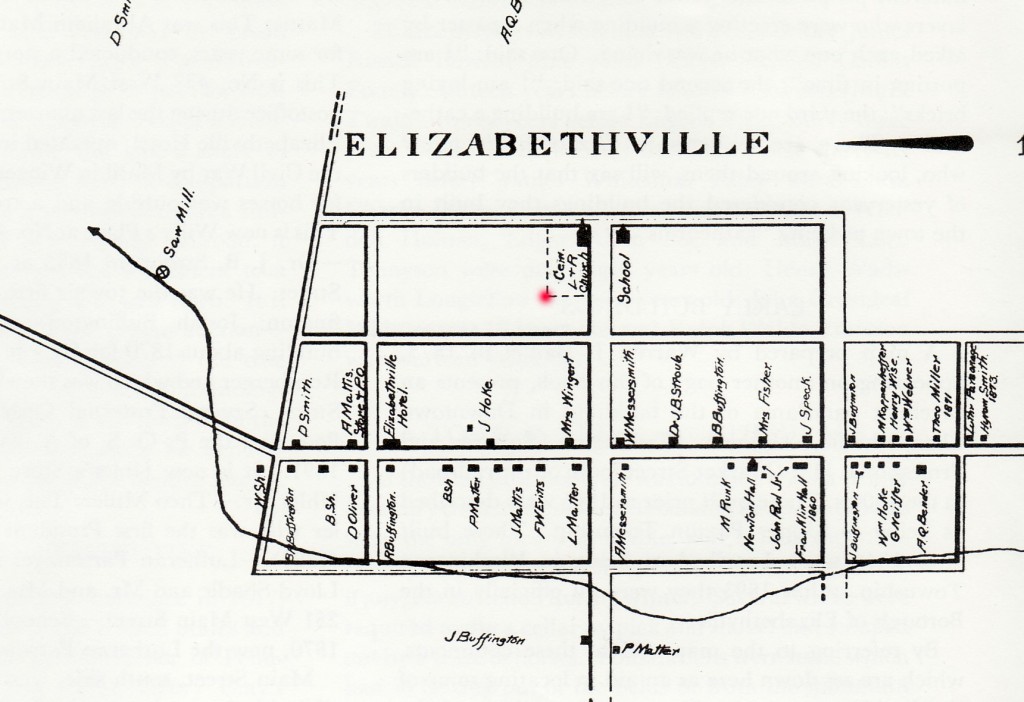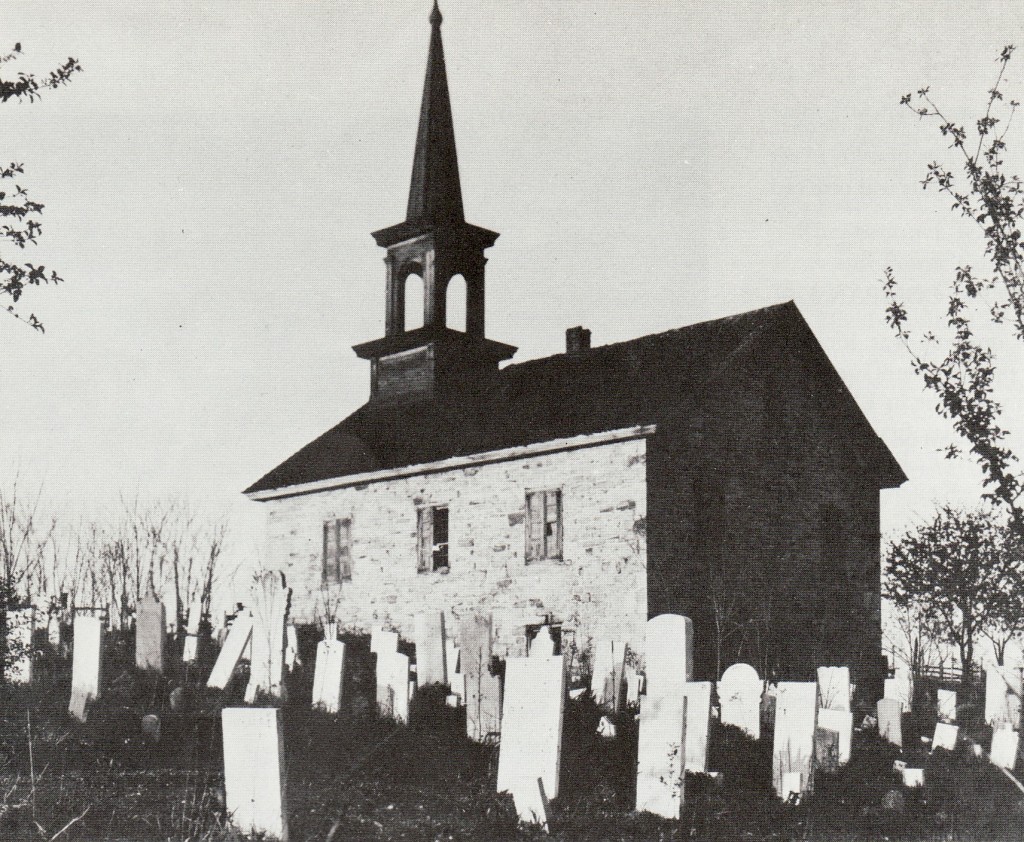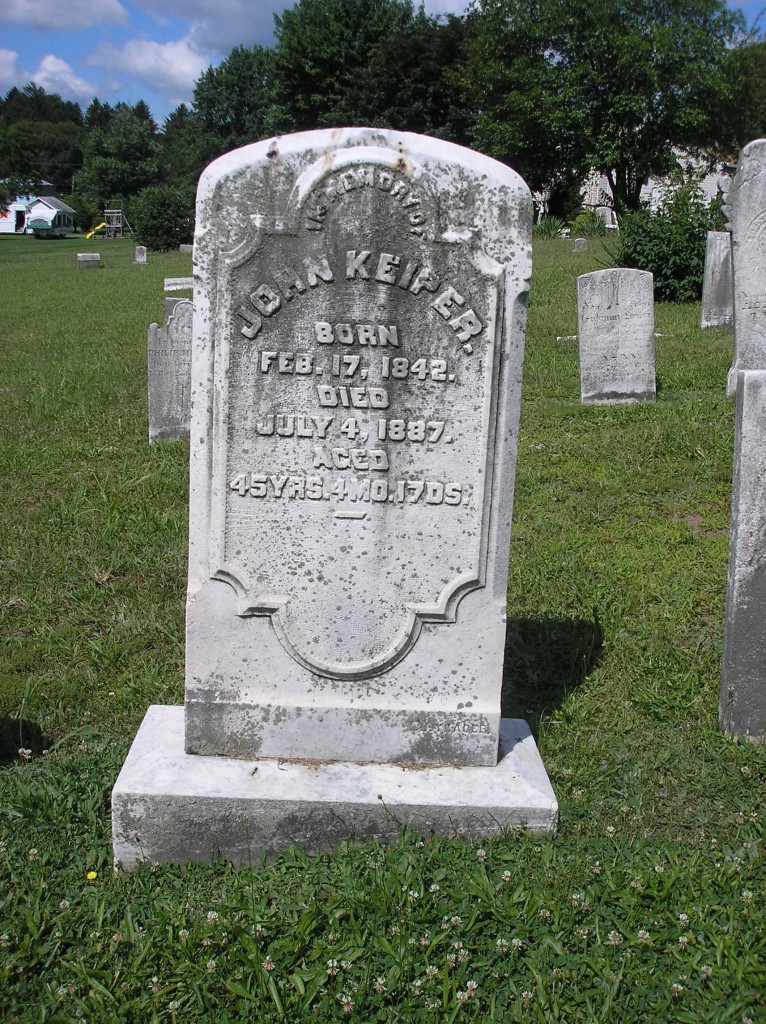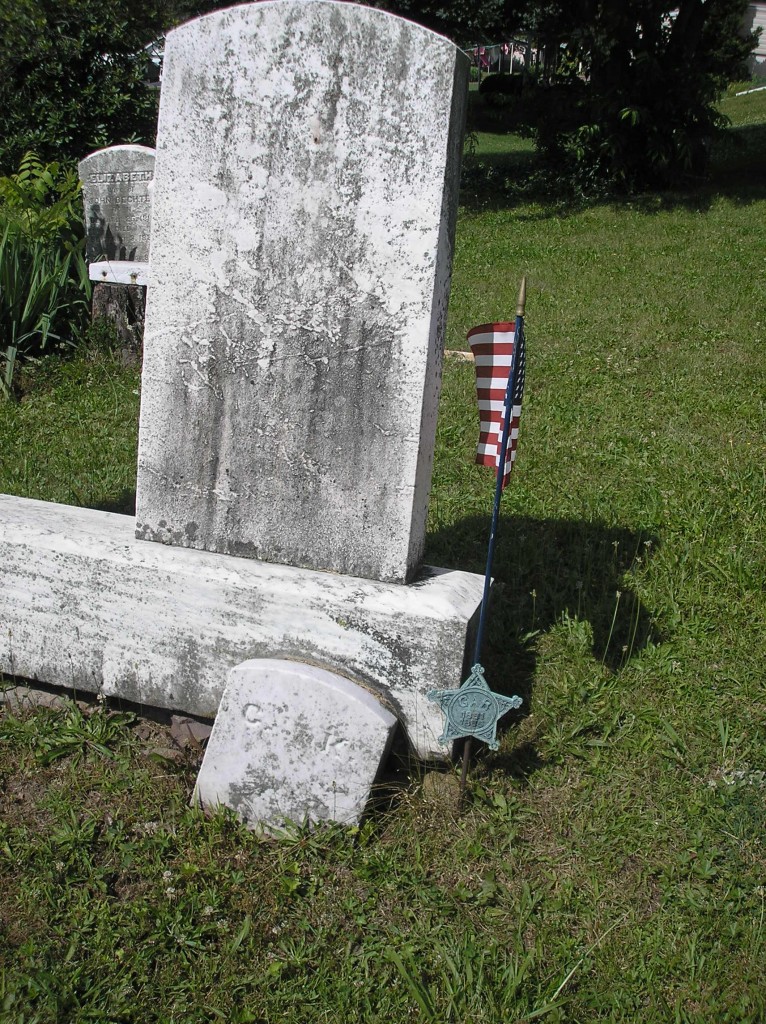Knouff Family in the Civil War – John W. Knouff
Posted By Norman Gasbarro on February 20, 2011
As the result of a correspondence from a blog reader, John W. Knouff was added to the Civil War Research Project. Initially, only one John Knouff was include in the project list. That John Knouff died in the war at Dabney’s Mills, Virginia, in 1865, as reported in the previous post. The confusion of having two persons by the name of John Knouff serving in the same regiment, the 107th Pennsylvania Infantry, as well as the error in the Pennsylvania Archives records, was probably the cause of the omission of this John W. Knouff.
John W. Knouff (1828- ) was born around 1828. Family tradition indicates that he was born in or around Halifax, Dauphin County, Pennsylvania, although no definite proof to that effect has been located. The earliest record found for him is the census of 1850, where he is named as a 22-year old laborer with wife Leah Knouff, also born about 1828, and two children, Isabell Knouff, who was born around 1846 and David Knouff who was born around 1848. David is the direct ancestor of the blog reader who made the inquiry and pointed out that I had confused her 3rd-great grandfather with the John Knouff who had died in the war. The same Census of 1850 data sheet shows another John Knouff, age 62 (therefore born about 1788), living next door with his family. There is no indication of any relationship between the two Knouff families, so speculation that they are father and son is merely speculation. No other records have been found to support the notion that John W. Knouff‘s father was this John Knouff who lived next door in 1850.
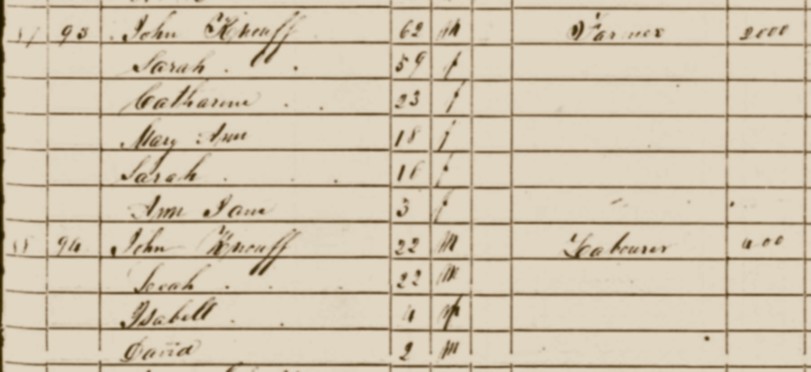
Census of 1850 showing the two “John Knouff” families living next door to each other in Halifax Township, Dauphin County, Pennsylvania
In 1860, John W. Knouff is still living in Halifax Township, but Leah is no longer in the household, leading to the possible conclusion that she died some time between 1855 and 1860. A third child, Clara Knouff, appears, born about 1855. The next confirmed date in the known chronology of John W. Knouff is the date he enrolls in the 107th Pennsylvania Infantry. That occurs on 10 Jan 1862 at Harrisburg, but he did not report for muster until 12 February 1862, also at Harrisburg. Then, it is noted in the record, that he was discharged from the service on 30 May 1862, on a Surgeon’s Certificate of Disability. The specific disability is not mentioned. At this point, John W. Knouff disappears from the records.
John’s son, David Knouff appears next in Cass County, Indiana, marriage records, when he married Catherine Novinger. Then David and Catherine (or “Kate”) appear in the Census of 1870 in German Township, Grundy County, Iowa. David is a farmer and there are no children in the household. Member trees on Ancestry.com indicate David’s death as 10March 1910 in Jasper County, Missouri.
Initially, family members thought that John W. Knouff was a brother to the David Knouff of the previous post who died of disease during the Civil War and also served in the 107th Pennsylvania Infantry. It was also thought that the John Knouff who was killed at Dabney’s Mills, Virginia in 1865 was a cousin. But, no proof has been found to substantiate either possibility. No grave marker has been found for Leah Knouff or for John W. Knouff. Is is possible that John W. Knouff moved elsewhere after Leah died. There is even speculation that John W. Knouff may have re-married after the death of his wife. While it was common for men for go off to war and leave young children at home with wives, Leah was no longer in the home in 1862 when John went off to war – and that would have left young Clara, then age 7, in the care of her older siblings – or perhaps other family members, friends or neighbors.
One person named John Knouff does appear in the 1870 Census, married and with a family, the children’s births beginning in 1862. This John Knouff is in the 1870 and 1880 Censuses for Jefferson Township, Newton County, Indiana, as a farmer. His wife, Julia Ann, born about 1842, is found in other records as Julia Ann Sell. Julia was reportedly born in Ohio but her family was from Pennsylvania and Ohio. She married John Knouff in Ohio about 1861. Eventually, both this John and Julia moved to Alabama for John’s health, where they both died, John in 1899 and Julia in 1930. They are buried in the Courtland Cemetery, Courtland, Lawrence County, Alabama. There is no mention of any Civil War service in the on-line biography for this John Knouff. Further confusing the situation is a biographical sketch for this couple which appeared in an old Stark County, Ohio history:
JOHN KNOUFF, farmer, was born December 24, 1831, in Bedford County, Pennsylvania, and is a son of Anthony and Sarah (Croft) Knouff, the former a native of Maryland, the latter of Pennsylvania. They moved to Stark County, Ohio, in 1857, and settled on a farm. The father died August 8, 1874, aged seventy-four; the mother in December 1882, aged seventy, both in Stark County. The father was a member of the Dunkard, and the mother of the Lutheran Church. They had twelve children, seven now living. John made his father’s house his home, and came to Ohio with that parent in 1857. He was married in June, 1861, to Miss Julia A. Sell, of Stark County, Ohio. They came to Newton County in April 1864.
Some factors indicate that this could be same person as the John W. Knouff who served in the 107th Pennsylvania Infantry. For one thing, the dates seem to have some coincidence to them. But other facts don’t match up.
The mystery continues. What happened to the John W. Knouff who served in the 107th Pennsylvania Infantry? Did he die soon after returning from the Civil War? Where is he buried? Why did his son move to Indiana, Iowa, and then to Missouri? What happened to his daughters? Where did his wife Leah die and where is she buried?
Anyone with any information on John W. Knouff is urged to contribute it.
This is the final post of three posts on the Knouff family in the Civil War. No family connection has been established between or among any of the five Knouff’s presented.
Some information for this post was taken from family records, from information available on Ancestry.com, and from the Pennsylvania Archives.
 ;
;



